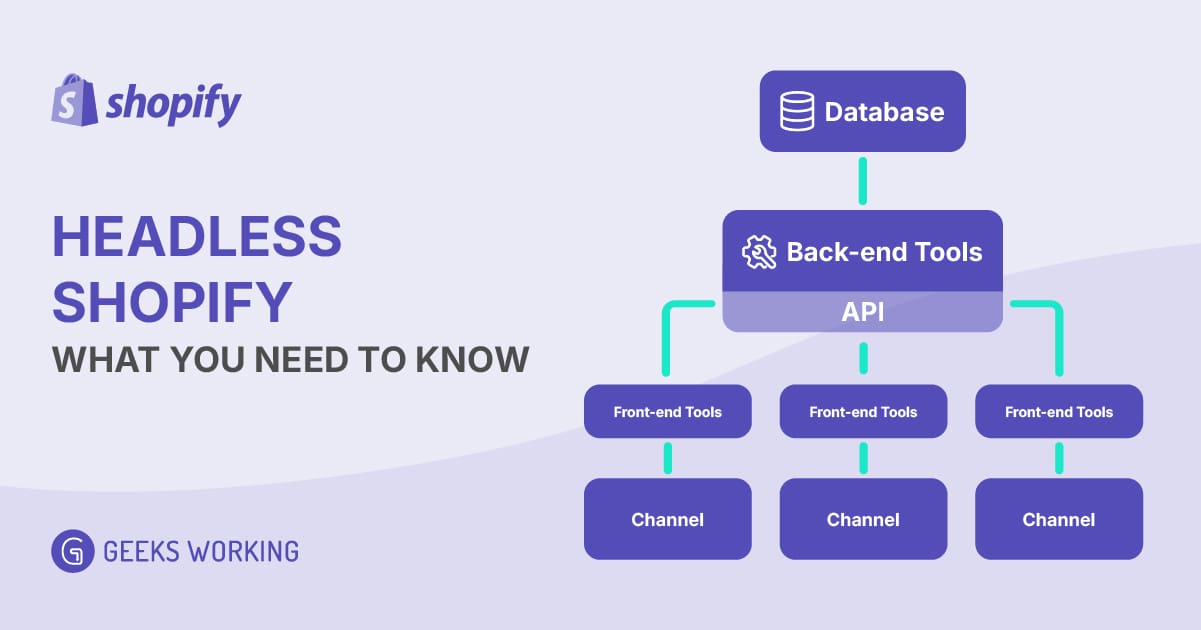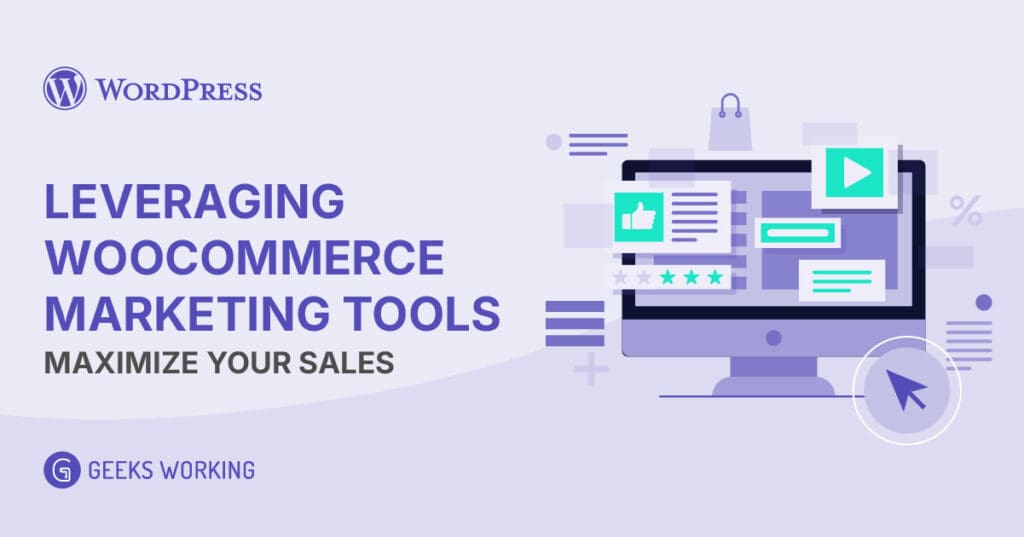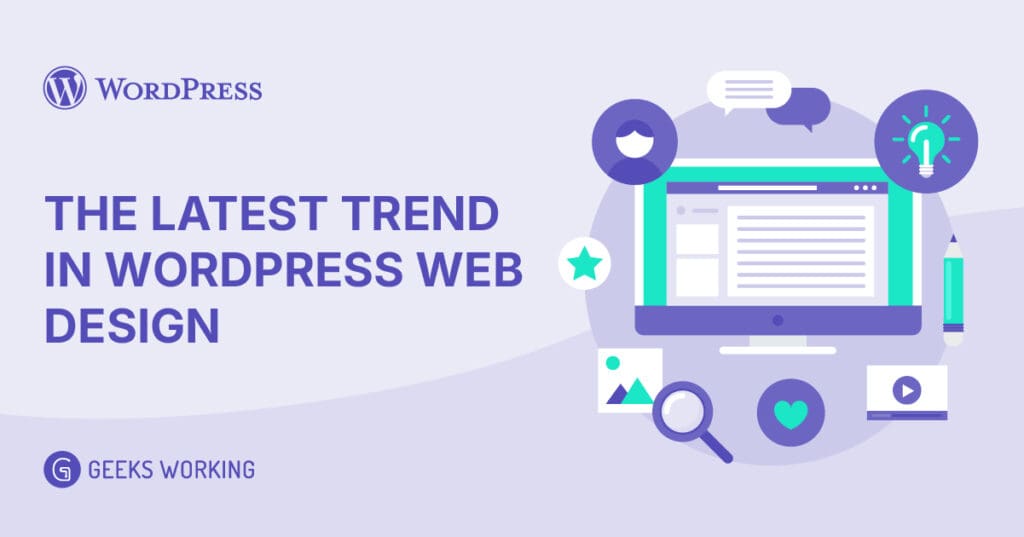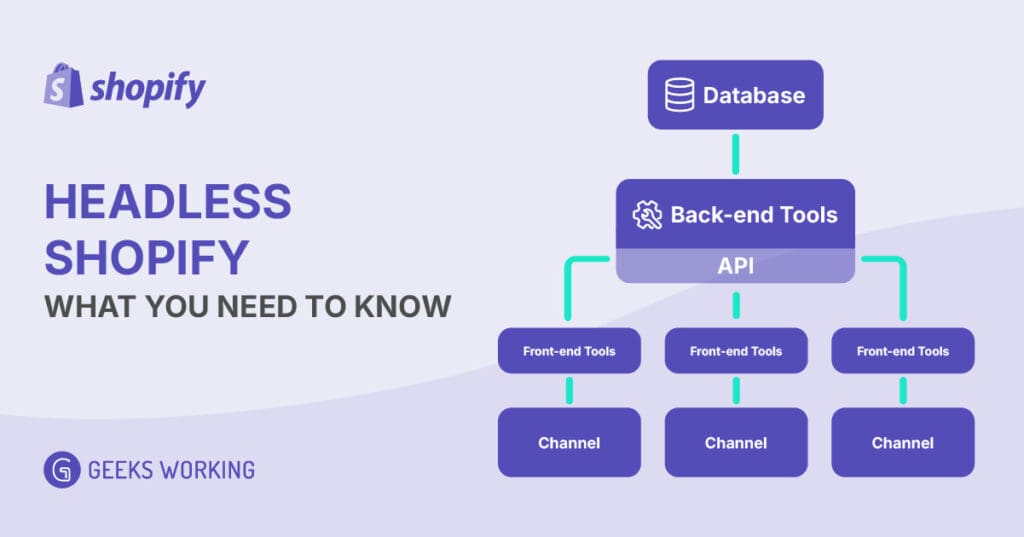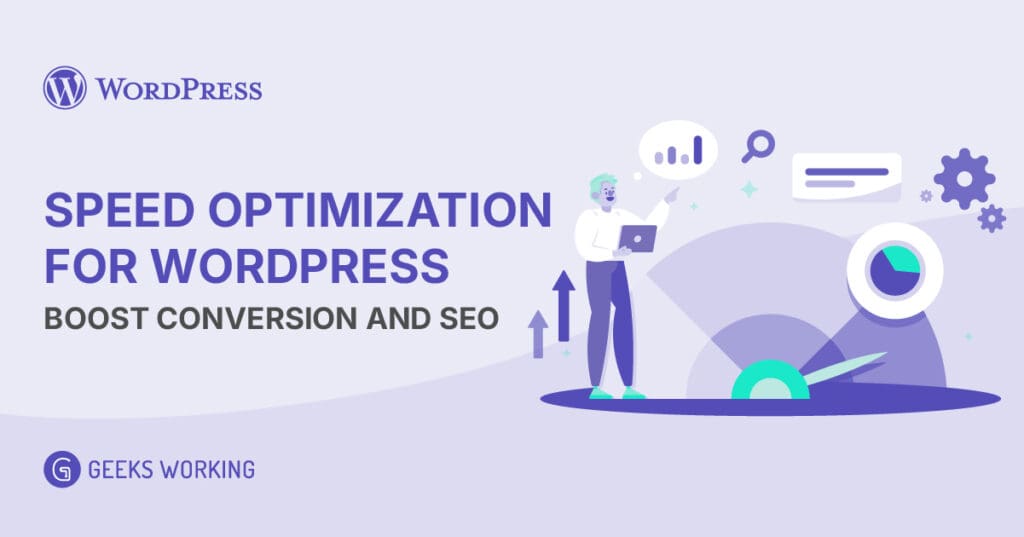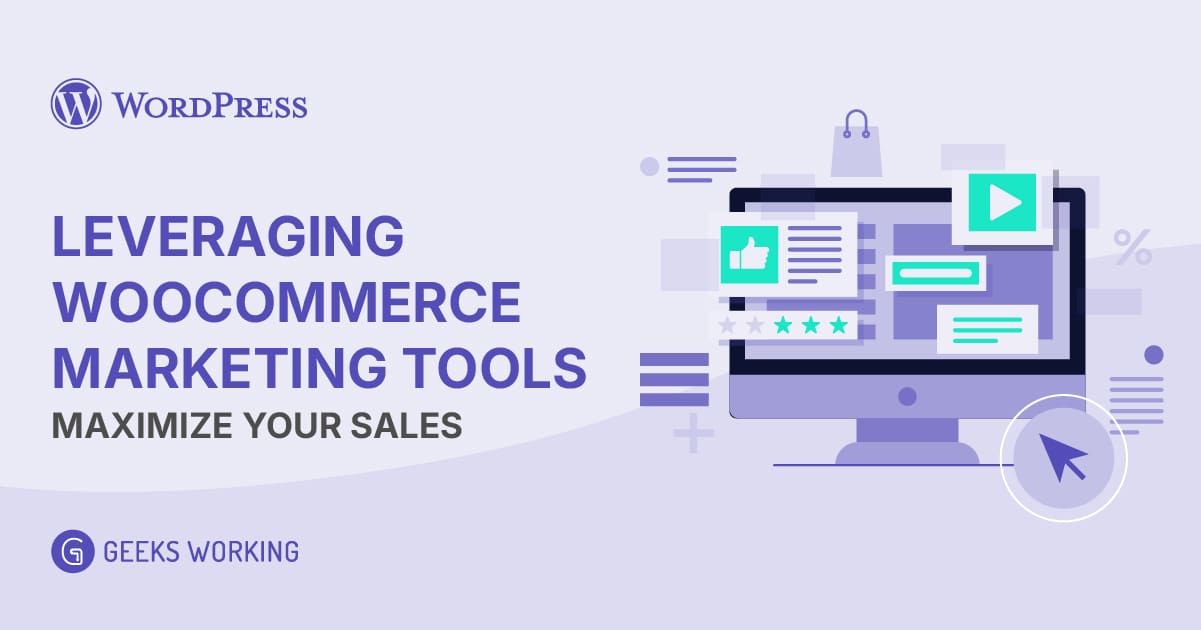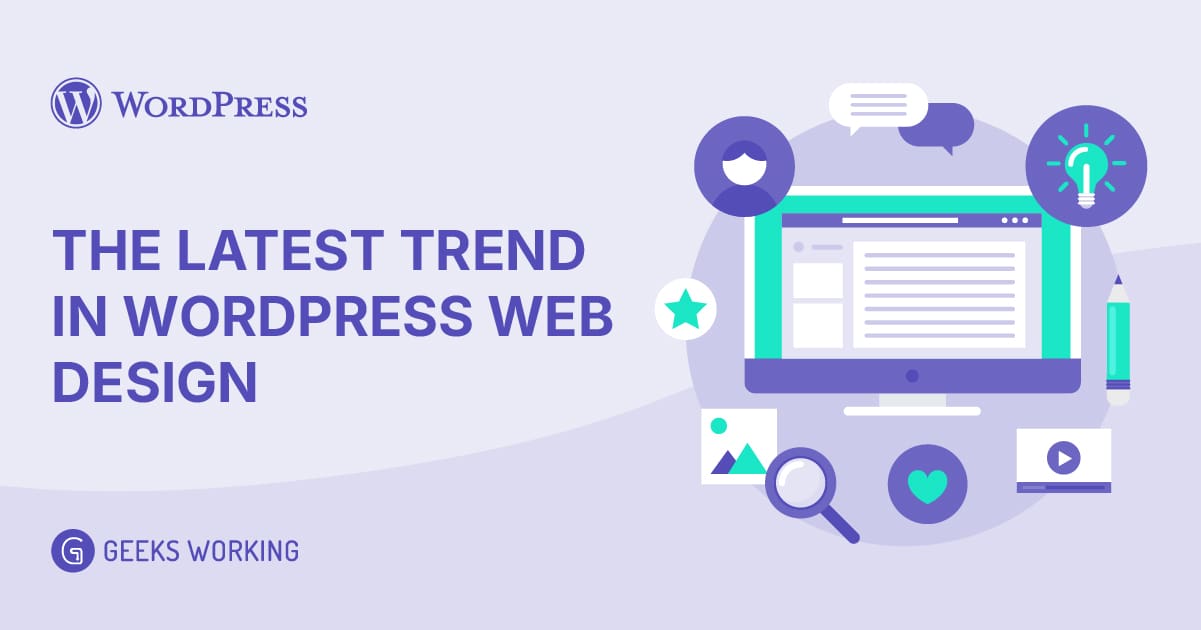In the ever-evolving landscape of e-commerce, businesses are constantly seeking ways to deliver exceptional, personalized experiences to their customers. A major shift in achieving this has been the rise of ‘headless commerce.’ But what exactly does that mean, and how does Shopify fit into this new paradigm?
Imagine your online store as a two-part system: the beautiful storefront your customers see and interact with, and the powerful engine behind it that manages products, orders, and payments. Traditionally, these two parts are tightly linked, like a single, integrated unit. This is what we call a ‘coupled’ architecture. Headless commerce, however, breaks this connection, separating the front-end presentation from the back-end functionality. Think of it as having the freedom to design a stunning, unique storefront without being restricted by the limitations of the underlying e-commerce platform.
At its core, headless commerce is about flexibility and control. It empowers businesses to create truly bespoke shopping experiences across multiple touchpoints, from web and mobile to apps and even IoT devices. And with Shopify’s robust infrastructure and APIs, this powerful approach is becoming increasingly accessible.

The buzz around headless Shopify isn’t just hype; it’s a response to the growing demand for personalized, omnichannel engagement. Customers expect seamless, consistent experiences, no matter where they interact with your brand. This article will delve into the intricacies of headless commerce with Shopify Malaysia, exploring:
- What exactly headless commerce is and how it works.
- The key benefits it offers to businesses.
- Shopify’s specific headless solutions, including the Storefront API and Shopify Hydrogen.
- Real-world examples and use cases.
- The considerations and challenges involved in implementation.
Join us as we unpack the world of headless Shopify and discover how it can revolutionize your e-commerce strategy.
Understanding the Headless Architecture
To truly grasp the power of headless Shopify, we need to understand the fundamental architecture that makes it possible: the decoupling of the front-end and back-end.
Decoupling Front-End and Back-End:
In traditional e-commerce, the front-end (the customer-facing part of your website, including the web design, layout, and user interface) and the back-end (the e-commerce engine that manages products, orders, payments, and inventory) are tightly intertwined. Any changes to one often require modifications to the other. Headless commerce breaks this dependency.
Imagine the back-end as the engine of a car, and the front-end as the car’s body. With a traditional setup, you’re limited to the body styles the engine manufacturer provides. In a headless setup, you can put that powerful engine into any custom-designed body you desire.
The Role of APIs:
The key to this decoupling lies in Application Programming Interfaces (APIs). Specifically, Shopify’s Storefront API acts as the bridge between the front-end and back-end. Instead of the front-end directly accessing the database, it communicates with the back-end via these APIs.
Think of APIs as messengers. When a customer browses products on your front-end, the API sends a request to the Shopify back-end to retrieve product information. When they add an item to their cart, the API sends another request to update the cart in the back-end. Shopify’s APIs use standard web technologies like REST and GraphQL to facilitate this communication, making them versatile and compatible with various front-end technologies.
Key Components of a Headless Shopify Setup:
A typical headless Shopify setup includes:
- Shopify’s Back-End: This remains the core of your e-commerce operations, handling all the essential functions like product management, order processing, and payment gateways.
- Front-End Frameworks: Developers use frameworks like React, Next.js, Vue.js, or even Shopify’s own Hydrogen to build custom, high-performance front-ends. These frameworks allow for greater flexibility and control over the user experience.
- APIs (Shopify’s Storefront API): As mentioned, these are the communication channels that enable the front-end to interact with the Shopify back-end.
- Headless CMS Systems (Optional): Many businesses integrate a headless Content Management System (CMS) to manage and deliver content independently of the front-end. This allows for greater flexibility and control over content delivery, and can be used to manage all site content, not just product information.
By separating the presentation layer from the e-commerce logic, headless architecture empowers businesses to create truly unique and engaging shopping experiences, while still leveraging the robust functionality of Shopify’s platform.
Benefits of Headless Shopify
The adoption of headless Shopify architecture isn’t just a trend; it’s a strategic move that unlocks a multitude of advantages for businesses aiming to excel in the digital marketplace. Here are the key benefits:
Enhanced Flexibility and Customization:
Headless commerce empowers you to break free from the constraints of traditional themes. You gain complete control over the front-end design, allowing you to create a truly unique and brand-specific shopping experience. This flexibility extends to every aspect of your customer’s journey, from product pages and checkout flows to personalized content and interactive elements. Imagine crafting a storefront that perfectly reflects your brand’s identity and resonates deeply with your target audience—headless Shopify makes this a reality.
Improved Performance and Speed:
Decoupling the front-end from the back-end often results in significant performance improvements. By optimizing the front-end independently, you can achieve faster loading times and a smoother user experience. This is crucial for boosting conversion rates, as customers are less likely to abandon a site that loads quickly and provides a seamless browsing experience.
Omnichannel Capabilities:
In today’s interconnected world, customers interact with brands across various touchpoints. Headless Shopify enables you to deliver consistent and engaging experiences across all channels, including web, mobile apps, in-store kiosks, and even emerging platforms like voice assistants and IoT devices. By leveraging APIs, you can seamlessly integrate your Shopify back-end with any front-end interface, ensuring a unified brand experience regardless of the customer’s chosen channel.
Scalability:
As your business grows, your e-commerce platform needs to scale accordingly. Headless architecture provides greater scalability by allowing you to scale the front-end and back-end independently. This means you can handle increased traffic and transaction volumes without compromising performance. For example, during peak sales periods, you can scale your front-end infrastructure to handle the surge in traffic while maintaining a stable back-end for order processing.
Increased Development Speed and Agility:
Headless commerce fosters a more agile development process. Front-end and back-end teams can work independently, leading to faster development cycles and quicker deployment of new features. This agility is essential for keeping pace with evolving customer expectations and market trends.
Future-Proofing Your E-commerce Strategy:
By embracing headless Shopify, you’re investing in a future-proof architecture that can adapt to the ever-changing digital landscape. You’re not tied to a single front-end technology, giving you the freedom to adopt new technologies and trends as they emerge.
In essence, headless Shopify empowers businesses to build exceptional, customer-centric e-commerce experiences that drive growth and foster brand loyalty.
Shopify’s Headless Solutions
Shopify has recognized the growing demand for headless capabilities and has developed powerful tools and APIs to empower businesses to build custom, decoupled storefronts. Here’s a breakdown of their key headless solutions:
Shopify’s Storefront API:
The cornerstone of Shopify’s headless offering is the Storefront API. This API provides a robust and flexible way to access Shopify’s core e-commerce data and functionality from any front-end application. It allows developers to:
- Retrieve product information: Access product details, images, pricing, and inventory.
- Manage customer carts and checkouts: Create and modify shopping carts, initiate checkouts, and process payments.
- Access customer data: Retrieve customer profiles, order history, and saved addresses.
- Implement custom search and filtering: Build advanced search and filtering experiences tailored to your specific needs.
Shopify’s Storefront API supports both REST and GraphQL, offering web developers flexibility in how they retrieve and manipulate data. GraphQL, in particular, allows for more efficient data fetching, reducing the number of API calls and improving performance.
Shopify Hydrogen:
Recognizing the complexities of building headless storefronts, Shopify introduced Hydrogen, a React-based framework designed specifically for building custom, high-performance headless Shopify stores. Hydrogen simplifies the development process by providing:
- Pre-built components: Ready-to-use components for common e-commerce functionalities, such as product grids, cart management, and checkout flows.
- Optimized performance: Built-in performance optimizations for faster loading times and a smoother user experience.
- Server-side rendering (SSR): Improved SEO and initial page load times through server-side rendering.
- A developer-friendly environment: A streamlined development workflow with tools and libraries tailored for Shopify.
- Integration with the storefront API: Tight integration with the storefront API, simplifying data fetching and management.
Hydrogen is a powerful tool for developers looking to build fast, scalable, and highly customizable headless Shopify stores. It is designed to take much of the heavy lifting out of headless development.
Shopify Plus and Headless:
For enterprise-level businesses with complex e-commerce needs, Shopify Plus offers enhanced headless capabilities. Shopify Plus provides:
- Higher API rate limits: Allowing for greater flexibility and scalability for high-volume stores.
- Dedicated support: Access to specialized support for headless implementations.
- Advanced customization options: Greater control over the Shopify platform and its APIs.
- Integration with other enterprise systems: Seamless integration with ERP, CRM, and other business systems.
Shopify Plus provides the tools and Shopify support needed for large businesses to successfully implement and scale their headless commerce strategies.
By offering these solutions, Shopify is empowering businesses of all sizes to embrace the flexibility and power of headless commerce, while still leveraging the robust e-commerce engine that Shopify provides.
Use Cases and Examples
Headless Shopify isn’t just a theoretical concept; it’s being implemented by forward-thinking brands across various industries. Here are some compelling use cases and examples:
Real-World Applications:
- Brands with Unique Front-End Experiences:
- Consider a high-end fashion brand that wants to create an immersive, visually stunning online experience. Headless Shopify allows them to build a custom front-end with interactive elements, 3D product visualizations, and personalized content, all while leveraging Shopify’s robust e-commerce back-end.
- A company selling highly customizable products might use headless to create a complex, interactive product configurator that is not possible with a standard Shopify theme. The storefront can be a bespoke application, that sends the configuration data to Shopify’s backend for order processing.
- Omnichannel Retailers:
- A retailer with a strong physical presence might use headless Shopify to create consistent brand experiences across their website, mobile app, in-store kiosks, and even voice assistants. This ensures a seamless customer journey, regardless of the touchpoint.
- A subscription box service may use a custom application for subscription management, and use shopify’s backend for order processing and payment.
- Content-Driven Commerce:
- Media companies or brands with a strong focus on content can use headless Shopify to seamlessly integrate e-commerce into their content platforms. For example, a magazine could embed shoppable product recommendations within articles, creating a native and engaging shopping experience.
- International Brands:
- Global brands with diverse audiences can use headless Shopify to deliver localized experiences. They can build custom front-ends tailored to each region, with language-specific content, currency options, and Shopify payment methods, while managing all their operations from a single Shopify back-end.
When is Headless Shopify the Right Choice?
Headless Shopify is particularly beneficial in the following scenarios:
- Complex Front-End Requirements: When you need a highly customized front-end that goes beyond the capabilities of standard themes.
- Omnichannel Strategies: When you want to deliver consistent brand experiences across multiple touchpoints.
- High-Volume Traffic: When you need a scalable architecture that can handle surges in traffic and transactions.
- Content-Rich Experiences: When you want to seamlessly integrate e-commerce into your content platforms.
- Businesses that require a high degree of developer flexibility.
- When a company wants to use a very specific tech stack for their front end.
By exploring these use cases and examples, you can gain a clearer understanding of how headless Shopify can be applied to various business needs and unlock new opportunities for growth.
Considerations and Challenges
While headless Shopify offers immense potential, it’s essential to acknowledge the considerations and challenges involved in its implementation. It’s not a one-size-fits-all solution, and careful planning is crucial for success.
Development Complexity:
- Headless development requires a higher level of technical expertise compared to traditional Shopify theme customization. You’ll need a team of experienced front-end and back-end developers who are proficient in APIs, front-end frameworks (like React or Next.js), and headless architecture.
- Debugging and troubleshooting can be more complex due to the decoupled nature of the system.
- Finding and retaining qualified developers can be a challenge.
Implementation Costs:
- The initial setup and development costs for a headless Shopify store can be significantly higher than a traditional setup.
- You’ll need to factor in the costs of front-end development, API integration, and potentially a headless CMS.
- Ongoing maintenance and updates may also require a larger budget.
Maintenance and Integration:
- Maintaining and updating a headless setup requires ongoing effort. You’ll need to ensure that your front-end and back-end systems remain compatible and that APIs are functioning correctly.
- Integrating with third-party services and platforms can be more complex due to the decoupled architecture.
- Keeping all the software updated is vital for security.
- Testing the site thoroughly is more complex, as you need to test the front end and the backend independently, and together.
SEO Considerations:
- While headless can improve performance, it can also present SEO challenges if not implemented correctly.
- You’ll need to ensure that your front-end is optimized for search engines and that your content is properly indexed.
- Server-side rendering (SSR) or static site generation (SSG) are essential for optimal SEO.
Learning Curve:
- For businesses and developers accustomed to traditional Shopify themes, there’s a learning curve associated with headless development.
- Understanding APIs, front-end frameworks, and headless architecture requires time and effort.
Choosing the right technology:
- There are many different front end frameworks, and headless CMS platforms to choose from. Choosing the correct technology for your specific needs is a vital decision.
Decision Making:
- It is important to determine if a headless solution is actually required for the project. Many businesses can thrive with a normal shopify theme.
Despite these challenges, the benefits of headless Shopify can outweigh the drawbacks for businesses with the resources and expertise to implement it successfully. Thorough planning, careful consideration, and a strong development team are essential for navigating the complexities of headless commerce.
Conclusion
Headless commerce with Shopify represents a significant evolution in the e-commerce landscape, offering businesses unprecedented flexibility, performance, and omnichannel capabilities. By decoupling the front-end from the back-end, you gain the freedom to create truly unique and engaging shopping experiences that resonate with your target audience.
We’ve explored the core concepts of headless architecture, the key benefits it provides, and Shopify’s powerful solutions, including the Storefront API and Shopify Hydrogen. We’ve also delved into real-world use cases and the important considerations and challenges that come with implementation.
The key takeaways are clear:
- Flexibility is paramount: Headless Shopify empowers you to build bespoke front-end experiences that reflect your brand’s identity and meet your customers’ evolving needs.
- Performance matters: Decoupling can lead to significant improvements in site speed and user experience, driving conversions and customer satisfaction.
- Omnichannel is essential: Headless architecture enables you to deliver consistent brand experiences across all touchpoints, creating a seamless customer journey.
- Strategic planning is crucial: Headless implementation requires careful planning, technical expertise, and ongoing maintenance.
The future of e-commerce is increasingly personalized and omnichannel. Shopify, with its robust APIs and innovative solutions like Hydrogen, is at the forefront of this transformation.
If you’re considering a headless Shopify implementation, it’s essential to partner with experienced developers who understand the complexities of this architecture. At [Your Agency Name], we specialize in building custom headless Shopify solutions that drive growth and deliver exceptional customer experiences.
Are you ready to unlock the full potential of your e-commerce business? Contact us today to discuss your headless Shopify project and discover how we can help you achieve your online goals.
